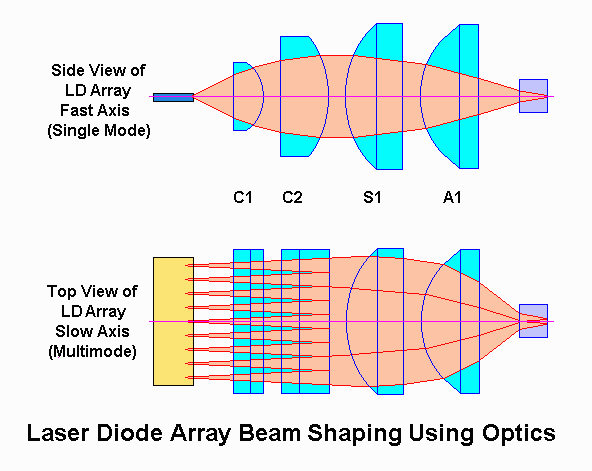Ok, I will also try once more..
I really trying to say this as polite as I can:
Atm you are climbing in the tree your arse upwards. Or at least trying to

(Speaking in a descriptive way)
Everything I've seen is exact opposite of my understanding of any kind engineering.
I cant sense any notable planning or scheming, or calculations of any kind. -Project management is poor and you are rushing over here and there.
I havent seen any figures or numbers that show that your device is can be done even in bluepaper.
If you had studied this subject even little bit, you probably had discovered that this kind of applications / devices have been engineered many many years a go.
Manufactures and scientific / lab companies does already know benefits and limitations of these kind of applications or devices. -As paul and Diachi metioned.
http://opticalengineering.spiedigitallibrary.org/article.aspx?articleid=1158345
http://www.sukhamburg.com/products/RGBV_Laser_beam_combiner.html
http://www.directindustry.com/prod/oxxius/product-62774-1594289.html
No educational instance, nor any company will provide these "Magically free" NDG7475 diodes for students / person. Even more for person/students who does not have essential knowledge of lasers or needed skills of engineering.
Plus, All this for the application which wont be used in any "practical sense" as you stated.
keep in mind this probably wont be used in any practical sense, it is to just mainly experiment to see if we can use these diodes in this kind of application.
If educational level for engineering is kind of that level in your country (what you have shown us), I really hope that there's no nuclear facilities anyway near.
Study more, imagine less.










